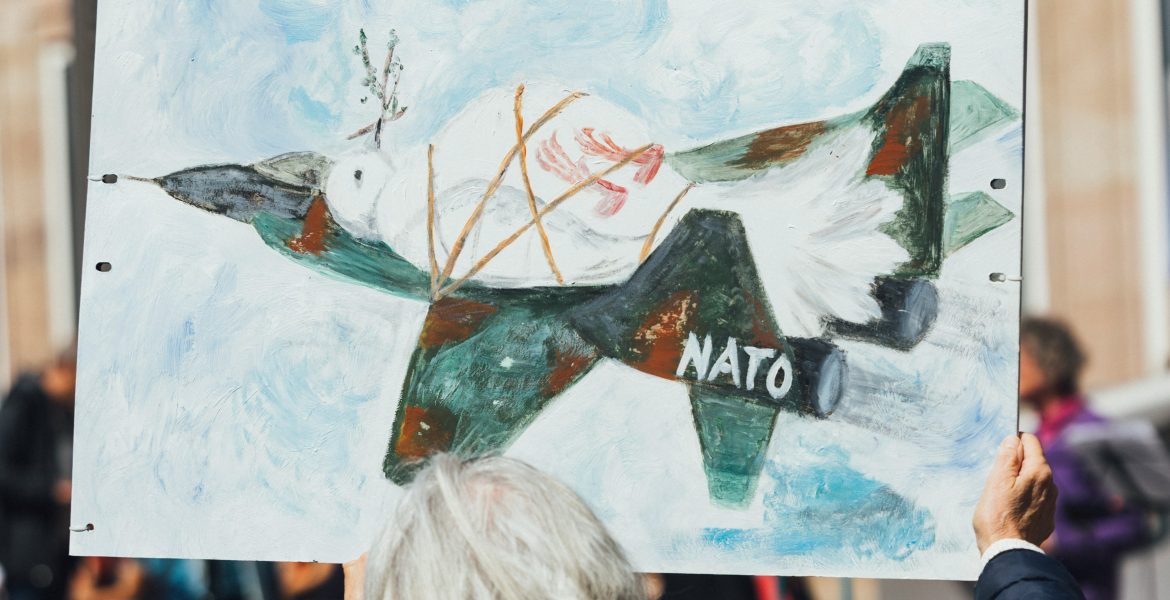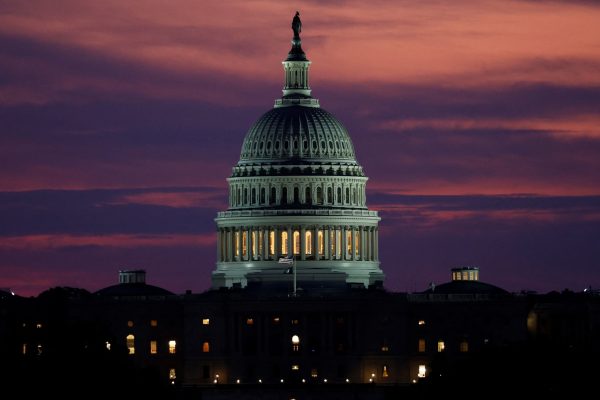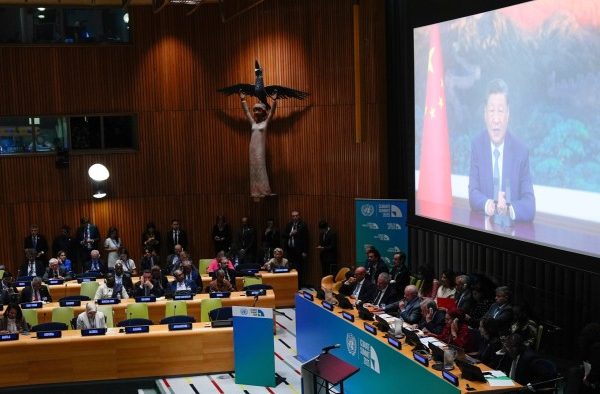NATO-Russia Tensions and Self-Interest

Airspace violations, drone incursions, and tense interceptions along Europe’s eastern flank have dominated headlines in recent weeks. NATO officials denounce these actions as Russian provocations, while Moscow often denies them outright. The reality is murkier, but one thing is clear: in geopolitics, self-interest drives behavior.
“Always back the horse named self-interest, son. It’ll be the only one trying.”
Jack Lang, later popularised by Paul Keating.
Divergent views: deliberate provocation or security dilemma?
Observers are deeply divided on how to interpret these incidents.
On one side, commentators such as Glenn Diesen argue that the West routinely misreads Russia’s actions and uses narratives of aggression to justify NATO expansion. Similarly, Jeffrey Sachs has criticised U.S. and European policies as self-serving, claiming they provoke confrontation and keep Europe dependent on American security guarantees (Consortium News). From this perspective, incidents like airspace violations are either exaggerated or the predictable fallout of a multipolar contest.
On the other hand, scholars of international security provide more cautious interpretations. Charles Glaser, a leading proponent of defensive realism, stresses that many conflicts arise not from malevolent intent but from misperception and escalation spirals. States seeking only to defend themselves can appear aggressive to rivals (Foreign Affairs). Likewise, Mark Webber, an expert on NATO, highlights that internal alliance constraints matter as much as external threats: overstating Russia’s provocations risks stretching NATO’s cohesion and credibility (What’s Wrong with NATO and How to Fix It).
What does Russia gain?
Russia’s self-interest is not obvious. Provoking NATO across multiple borders while still engaged in Ukraine risks overstretch. Drone harassment and alleged airspace incursions may test NATO readiness, but they also invite stronger European unity and U.S. engagement. Unless these actions form part of a coordinated bloc strategy with China and North Korea—to showcase the limits of Western power—they appear costly distractions. Moscow’s more immediate interest lies in sustaining the war in Ukraine, evading sanctions, and preserving its own military capacity.
Why this matters for NATO
For NATO’s largest members, the incentives are clearer. Europe is in the middle of a massive rearmament cycle, from Germany’s €100 billion Zeitenwende fund to Poland’s rapid modernization. But convincing voters to sustain high defense spending is not easy. Airspace violations and mysterious drones create the sense of permanent danger. They foster a “laager mentality” among citizens, where fear justifies defense budgets, arms procurement, and a deeper reliance on the United States. In short, repeated provocations—whether genuine or amplified—serve NATO’s own self-interest.
At the same time, Washington’s continued involvement is essential. By presenting Russia as an unpredictable aggressor, European allies secure the steady flow of U.S. weapons, troops, and financial commitments. In an era where U.S. attention is shifting toward the Indo-Pacific, this narrative keeps Europe a strategic priority.
What does this mean for investors?
Viewed through the lens of self-interest, these tensions have clear market implications. Defense primes such as Rheinmetall and BAE Systems are structural winners, benefiting from a security environment where escalation—real or perceived—justifies budgets. Critical resources also come into play, as fortification and weapons programs require steel, rare earths, and energy resilience. Gold, meanwhile, serves as the natural hedge against miscalculation and crisis.
The bigger strategic question is whether these tensions point toward a Peaceful Transition, Engineered Crisis, or Great Unwinding. If provocations are mainly a NATO tool to mobilize spending, the outcome is managed competition. If both sides deliberately escalate, the world edges toward crisis. And if U.S. overstretch becomes undeniable, Europe may rebuild autonomy while Russia and China showcase the decline of American power.
In every case, investors should recognize the deeper logic: actors pursue their own interests, not abstract principles. For portfolios, that means overweighting Defense & Tech Autonomy, holding exposure to gold as monetary hedging, and keeping watch on commodities tied to Europe’s rearmament.
You may also like

US Shutdown – an Engineered Constitutional Crisis?


Leave a Reply